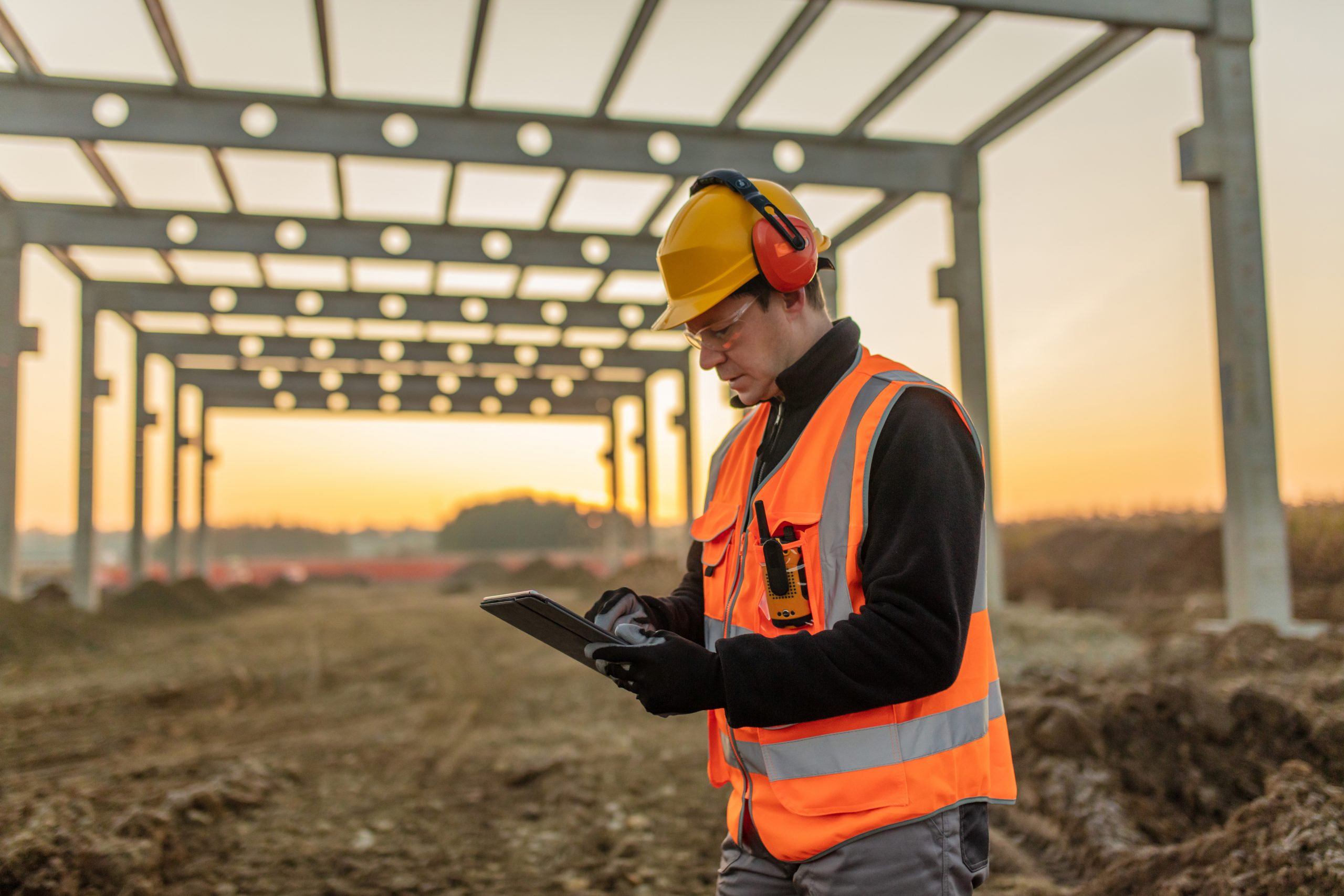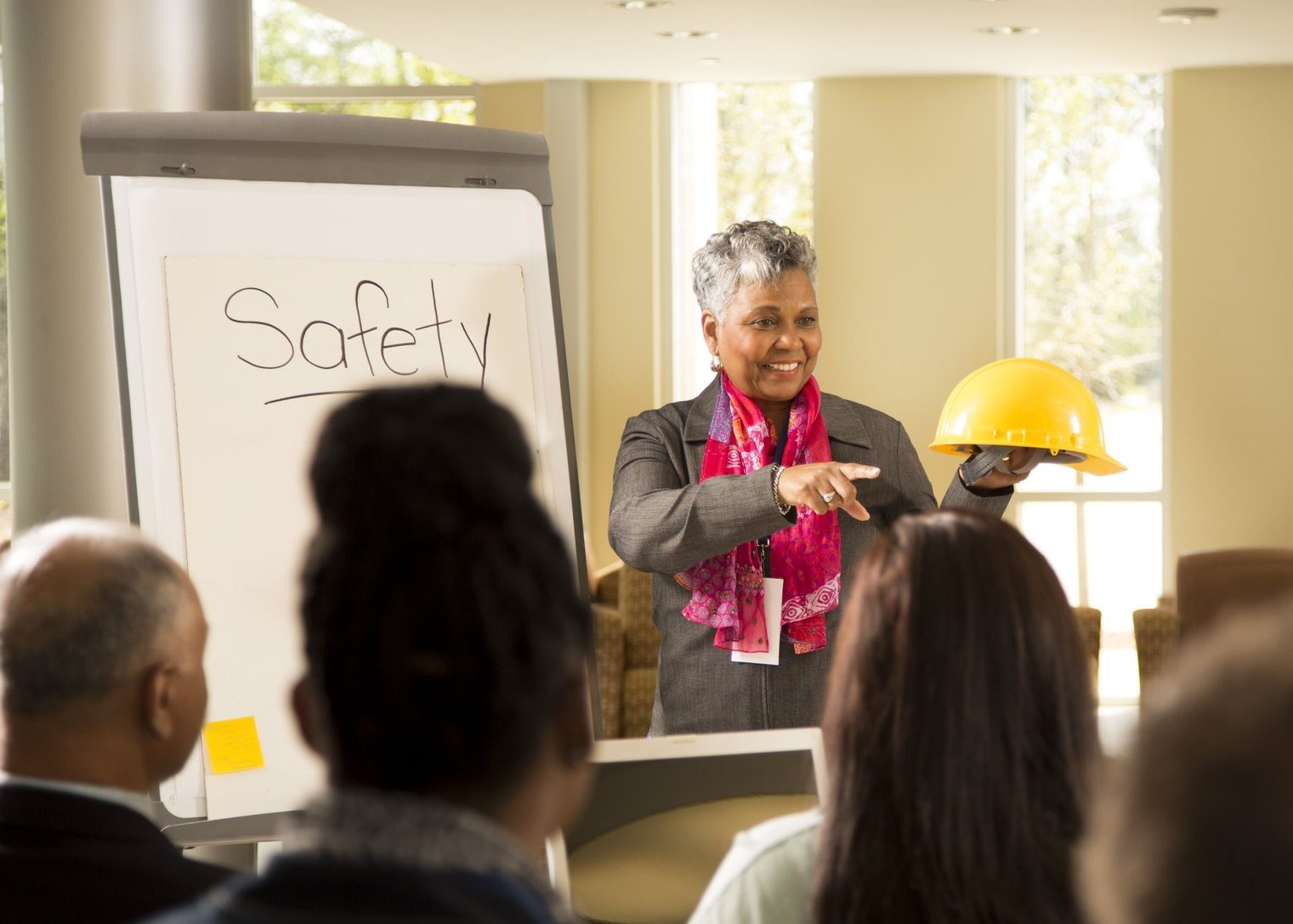
A healthy construction safety culture can be the key difference between protecting construction site workers and exposing those on-site to vulnerabilities. Hazards need to be managed diligently, communication is critical and strong safety leadership is essential. If your construction safety culture isn’t fine-tuned, then the consequences can be devastating. The latest statistics from the HSE, show that 45 fatalities were recorded on construction sites in 2022/23.
A strong safety culture on your construction site isn’t just advisable, but it’s a compliance requirement too. To help you cover all bases, we’ve consulted our Health & Safety experts to outline how you can develop a strong safety culture for your construction site. Let’s jump straight in!

Mainly, to protect your construction workers and to meet compliance regulations. But, there are also many benefits you can gain just by building a strong safety culture. Think about construction site hazards – if your site doesn’t have stringent measures in place to manage every hazard carefully, what happens if somebody incurs a serious injury? You’ll be liable to pay a huge fine and your company’s reputation will be tarnished, weakening your standing within the industry.
Costs can soon mount, particularly when considering legal fees if you need to represent yourself. You may also have to invest in recruiting replacements, and if potential workers are aware of your indiscretions as an unsafe business, you’ll likely find it harder to attract the top talent you need. Low worker morale can be a factor too, if a colleague has suffered injury, then worries from your other workers about workplace safety are only natural.
The domino effect can cause many problems, therefore a strong construction safety culture is of paramount importance, and should always be a priority. Developing and maintaining trust between workers, construction safety managers, company executives and stakeholders is key. If workers feel protected and have the right tools and awareness to carry out their roles safely, then increased productivity and improved team morale will follow.

In the UK, several different pieces of legislation must be followed in relation to construction safety. Adhering to the following pieces of legislation is key to meeting compliance.
Each piece of legislation differs in the protection and compliance requirements you must adhere to. In the case of construction, there is some leeway applied to the context of the individual legislative requirements. Take the Construction (Design & Management) Regulations 2015 as an example. Upon a site inspection, it isn’t expected that your construction site is completely risk-free – after all, the environment of a construction site doesn’t lend itself to being free from any risks.
The expectation upon an inspection is that all risks have been assessed and reduced and that all risks are communicated throughout the site to workers.

Whilst hazards, safety and compliance are all cornerstones of construction site safety, many factors contribute to developing a strong construction safety culture.
Use the following as a checklist and compare the current measures you have in place. Are there any areas that could be improved? Could you streamline processes and procedures across your site to maximise productivity and improve safety?

Developing a safety culture on your construction site should be a priority, but we understand there are lots of different aspects to contend with. That’s why we’re on hand to help assist you, taking away the burden of compliance so you can concentrate on growing your business.
Our Worksafe PQQ package helps you meet compliance requirements on site, helping you to cover everything from environmental factors to quality management. We also offer SSIP Accreditation packages for both contractors and businesses, offering you the chance to gain certification quickly to present to clients upon request.
Fill out an enquiry form and request a quote today to start your journey towards a safer construction site. Or you can contact us and our team of experts will be able to offer you advice to get the right solution for your business.
